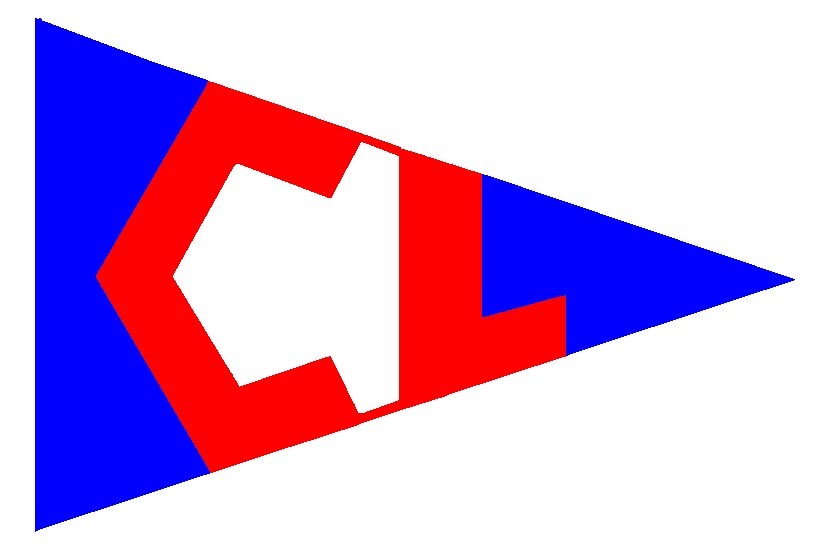Mast Rake
The “rake” of your mast (i.e. how far aft it leans), can affect whether your W-Ps standard weather helm is stronger or weaker (there is no rake that can eliminate a W-Ps weather helm, which was designed into the boat as a safety feature). Raking forward (moving the top of the mast toward the bow) should reduce the weather helm by moving the center of force (in the sail) forward, thus pushing the bow downwind and countering its tendency to head up into the wind during gusts.
In addition to shroud adjustments, most W-Ps can adjust where along the keel the base of the mast is set. With the shrouds adjusted the same, moving the butt of the mast aft will rake the mast tip forward (reducing rake) and vice versa.
This source describes a way to tell if your rake is about right: “To test this, sail upwind in 8kts-10kts and let the helm go; the boat should turn gently up into the wind. If it goes straight or bears off, you need more rake, and vice versa if it spins out of control. Don’t try this test when it is too windy; your boat will round up and exhibit too much helm due to heel, not rake, so you will get a false read.”
The set/trim of the sail:
Here's a good overall description of how to set/trim a mainsail – it was written for big cruising yachts, but the main principles apply to W-Ps: https://www.cruisingworld.com/how-to-trim-main/
If your sail does not have the right shape (e.g. too much “belly”) you may have one of these issues:
1. Your mast is bending too much. If your mast has no spreaders, it’s possible the mast is bending (the center tending downwind) and accentuating the depth of the sail’s “belly” half way up the mast.
2. Your outhaul isn’t tight enough. Per this source: “The clew outhaul controls the depth of the lower parts of the sail. Increased outhaul tension flattens the sail for heavy winds, easing the outhaul allows a fuller sail for lighter airs. Flattening the lower part of the sail also increases twist, helping to reduce heeling and weather helm.”
3. The Cunningham can tighten the sail along the mast, reducing the belly (see just below)
This source talks about the location of the “draft” in the sail: “Draft position is adjusted using the halyard and cunningham. Ideally the draft is set and is kept at about 40% -50% away from the luff. However, as the wind strength increases, wind pressure will move the draft aft and the halyard will require tensioning to move the draft forward once again.” The sail on CR-3 has two green "draft stripes" parallel to the boom to help judge the location of the draft. Here’s another good source describing “draft”.





